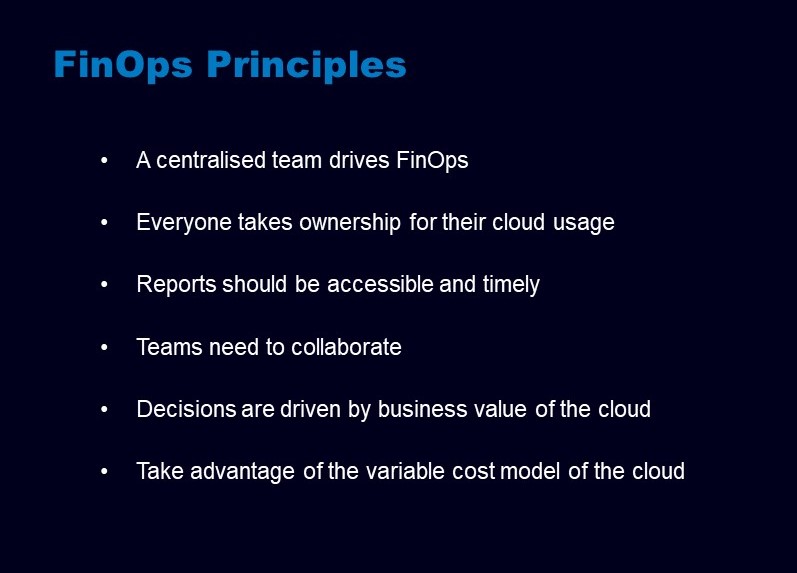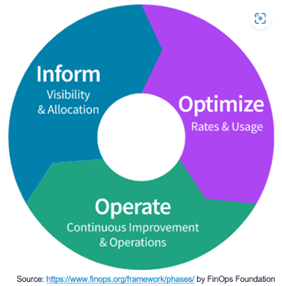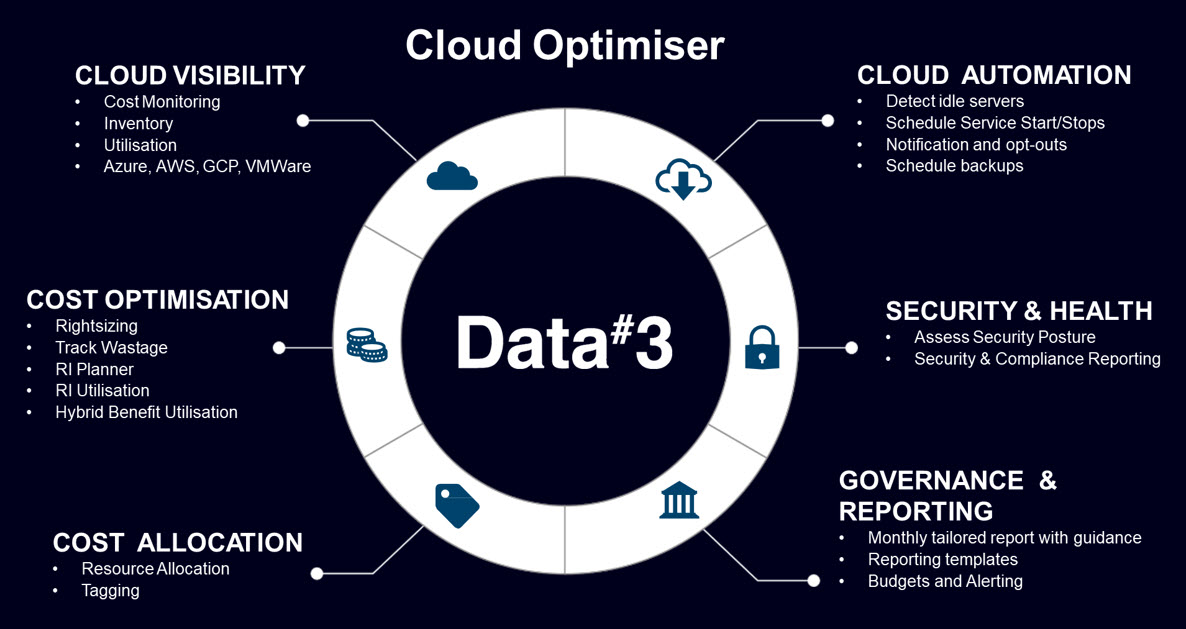
Cloud spending is on an upwards trajectory. Despite this, according to a global survey, 28% of cloud spend is either wasted or in need of optimisation. Given that on average organisations are 18% over budget and anticipate 30% growth in cloud spend in the coming year, this isn’t surprising. Businesses often measure success in terms of speed to delivery, and cloud is seen as a means of achieving this. However, as cloud usage grows, cost becomes an aggressive focus.
To help solve cost management issues and connect finance, business, and IT more effectively, we now have the term FinOps. There is no doubt cloud has changed the dynamic for approving new costs. What once may have been a CAPEX approval by procurement and finance is now approval of a contract that allows OPEX to be approved, on an ongoing basis, by developers and engineers as they spin up new workloads.
FinOps is a new discipline focusing on maximising business value by ensuring everyone takes ownership of their cloud usage. Engineering, finance, technology, and business teams need to collaborate on data-driven spending decisions.
The FinOps Foundation can help us with the following guiding principles. As we review these, we should ask ourselves some questions:

By focusing on the FinOps foundation and guiding principles and asking ourselves some important questions, we can better understand our objectives. What’s next?
To ensure effective cost management, the first step is to inform and gain visibility. This visibility is critical not only within IT, but also among business stakeholders and teams that own or influence costs.
This begins with cost architecture and deciding where to assign costs. To business groups, teams, apps? The next step is tagging resources (and enforcing future tagging of new resources) with key attributes so you can understand some key pieces of information. Who owns that resource? What application does it belong to? What cost centre? Is it production or dev/test? What hours does it run? When should it be reviewed for end of life? No matter what tooling you use for cost management, tagging is crucial to being able to surface the right information to the people who are responsible for, or influence, costs.

Tagging allows you to see live cost data that indicates what costs are incurred by what applications or services. If you want business stakeholders and application teams to support what you are doing, you need to ensure readily available visibility. Once you have this visibility, you can start having better conversations around cost and start driving better optimisation.
For tooling you have multiple options; native and 3rd party. What is generally not recommended is to spend significant effort on internal bespoke solutions to extend native cost management (such as Excel, Power-BI, or custom code). These can cause an antipattern that creates operational risk, as you may spend significantly more effort on implementing, updating, and operating these than you would on a 3rd party tool or service. When the public cloud changes something, as it inevitably will, then it may break, requiring additional effort and cost to fix it.
What are some of the things you can do to optimise costs?
Start reporting and actioning the above on a weekly basis, and you will be in a better place!
In summary, if your role has even the smallest remit for managing and ensuring the financial strength of your organisation – let’s be honest, that’s all of us – then understanding effective cloud cost management is critical. Start by gaining visibility into your organisations’ cloud spend. Once visibility is achieved, take the necessary steps to optimise cloud spend by eliminating wastage, rightsizing workloads, and taking advantage of automation.
By centralising cloud usage ownership, creating accessible reports, collaborating, and taking advantage of the variable cost model of the cloud, your organisation can achieve better cloud cost management and drive greater value from your cloud investments.
Data#3’s Cloud Optimiser was built to support our customers in effectively managing their cloud environments. It provides visibility across Azure, AWS, GCP and on-premises VMware environments, and is designed to get visibility into your costs throughout the organisation, while also helping you optimise costs.

Talk to Data#3 Azure specialists to learn what unified management could look like in your environment – or take the first step to get control of your clouds with Cloud Optimiser.